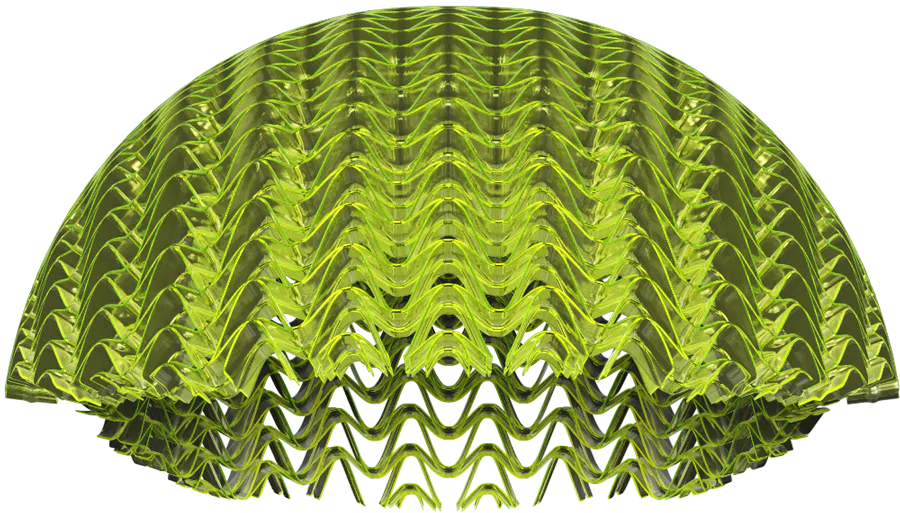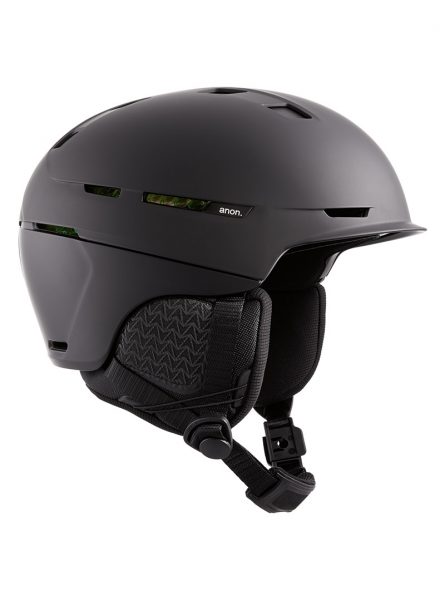
GEAR NEWS
ANON + WAVECEL
A new technology promises more protection for your greatest asset: your head.
It’s taken a long time for the risks of concussion to be taken seriously in the community, and it seems like the various football codes are only now getting in on the act. But skiing and boarding was no different, and helmet wearing has only relatively recently become commonplace. While this is great, one of the problems is that standard foam helmets, while offering far more protection than nothing, are still far from perfect. They mainly provide protection from direct impacts, but as anyone who’s slid on snow knows, most falls happen all over the place, with twists and angled impacts. These can cause rotational acceleration (in laypeople’s terms, rapid spinning) of the head, which in turn carries a greater risk of brain injury.
MIPS is one helmet technology designed to lessen rotational forces. But now there’s another: WaveCel. It’s a new technology, albeit 20 years in the making, that employs a collapsible cellular structure that flexes, crumples and glides to reduce rotational acceleration. Helmet manufacturer Anon, the only company licensed to use the technology in snowsports helmets, describes the process like this: “First, cells flex to divert the impact force away from the head. Next, cells crumple to absorb impact energy, like the crumple zone of a car. Finally, cells glide to distribute rotational forces.” The end result is protection far greater than that offered by a standard helmet. And since you’ve only got one head, that’s good to know.
You can learn more at: wavecel.com/science


